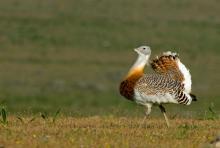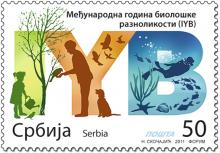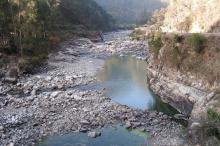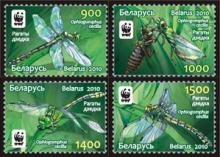Het toegenomen gebruik van thiacloprid heeft normoverschrijdingen in grond- en oppervlaktewater tot gevolg
Volgens het CBS is het gebruik van het neonicotinoide insecticide thiacloprid gestegen van 320 kg op 1.191 ha in 2004 tot 7954 kg op 59.041 ha in 2008. Als acht ton thiacloprid jaarlijks over Nederlands akkerland verspreid wordt, kan met het EUSES model (European Union System for the Evaluation of Substances) worden berekend dat er een gemiddelde concentratie (in steady state) van 210 nanogram thiacloprid per liter in oppervlaktewater (zie bijlage) en van 815 nanogram thiacloprid per liter in grondwater zal ontstaan. De MTR (maximaal toelaatbaar risiconiveau) norm voor oppervlaktewater is 25 nanogram thiacloprid per liter. Dat betekent dus dat volgens het EUSES model bij het gebruik van thiacloprid op het niveau van 2008 normoverschrijdingen onvermijdelijk zullen zijn. MTR overschrijdingen werden in 2008 inderdaad vastgesteld bij Sint Kruis (Zeeuws Vlaanderen), bij Separatiedij (Zeeland), tussen Zevenhuizen en Moordrecht, tussen Moerkapelle en Waddinxveen, bij Steenderen (Gld), en bij Assen. Deze normoverschrijdingen vormen een dodelijke bedreiging voor insecten.










